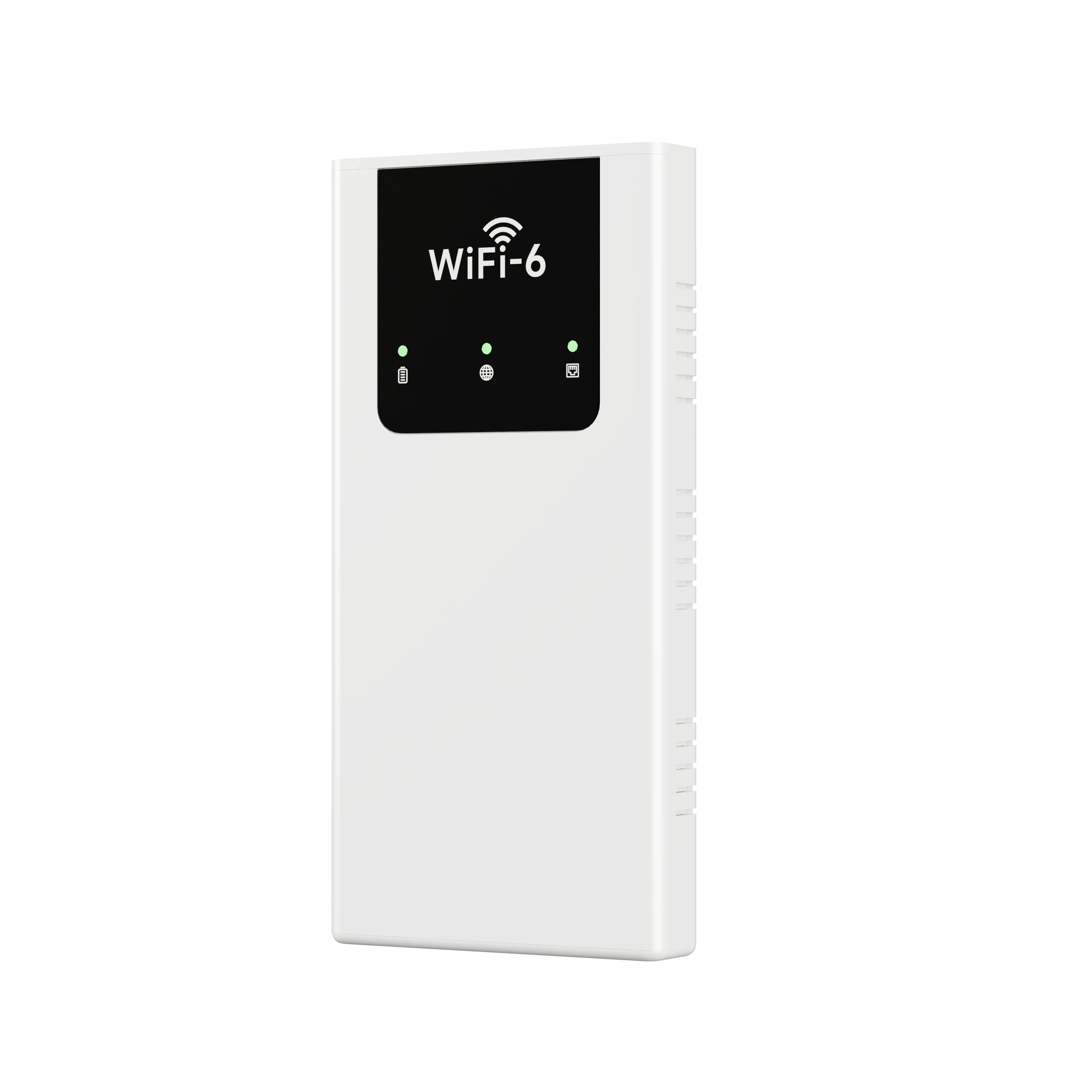When it comes to joining materials, soldering is a widely used technique across various industries. However, not all solders are created equal. Two of the most common types are electrical solder and plumbing solder, each designed for specific applications and materials. Understanding the differences between these two types of solder is crucial for professionals and DIY enthusiasts alike, as using the wrong type can lead to subpar results or even hazardous situations. In this article, we will delve into the distinct characteristics, applications, and composition of electrical solder and plumbing solder, providing you with the knowledge needed to make informed decisions in your projects.
Composition and Material Differences
Electrical Solder:
Electrical solder is primarily composed of tin and lead, although lead-free alternatives are increasingly popular due to health and environmental concerns. The most common ratio for traditional electrical solder is 60% tin and 40% lead (often referred to as 60/40 solder). This composition provides excellent conductivity, making it ideal for electrical connections. Lead-free solders typically use a combination of tin, silver, and copper, which can offer comparable conductivity while adhering to safety regulations.
Plumbing Solder:
In contrast, plumbing solder is primarily made from a combination of tin and copper, with some formulations including silver for enhanced strength and corrosion resistance. Plumbing solder is often referred to as lead-free solder due to regulations that prohibit the use of lead in plumbing applications. The most common type of plumbing solder is a tin-copper alloy, which is designed to create strong, durable joints in copper piping systems.
Melting Points and Application Techniques
Melting Points:
The melting point of solder is a critical factor that influences its application. Electrical solder typically has a lower melting point, around 180-190°C (356-374°F), which allows for quick and efficient soldering of delicate electronic components without damaging them. This lower melting point is essential for maintaining the integrity of sensitive electronic parts.
On the other hand, plumbing solder has a higher melting point, generally ranging from 200-300°C (392-572°F). This higher temperature is necessary to ensure a strong bond in plumbing applications, where the solder must withstand higher pressures and temperatures associated with water systems.
Application Techniques:
When soldering electrical components, a soldering iron is commonly used, allowing for precise application of heat to the joint. The process requires a steady hand and a keen eye to avoid overheating components. In contrast, plumbing soldering often employs a propane torch, which provides the necessary heat to melt the solder and create a strong joint in larger pipes. The technique involves heating the pipe and fitting until they reach the appropriate temperature before applying the solder.
Performance and Durability
Electrical Solder:
The performance of electrical solder is primarily measured by its conductivity and ability to create reliable electrical connections. A well-soldered joint should exhibit minimal resistance, ensuring efficient current flow. Additionally, electrical solder must be resistant to oxidation and corrosion, as these factors can degrade the quality of the connection over time.
Plumbing Solder:
Plumbing solder, on the other hand, is evaluated based on its strength and resistance to leaks. A properly soldered joint in plumbing applications must withstand water pressure and temperature fluctuations without failing. The durability of plumbing solder is crucial, as leaks can lead to significant water damage and costly repairs.
Regulatory Considerations
In recent years, regulatory bodies have imposed strict guidelines regarding the use of lead in solder, particularly in plumbing applications. The Safe Drinking Water Act in the United States, for example, mandates that plumbing solder must be lead-free to ensure the safety of drinking water. As a result, many manufacturers have developed lead-free solder options that comply with these regulations, making it essential for plumbers to choose the appropriate solder for their projects.
Conclusion
In summary, while both electrical solder and plumbing solder serve the fundamental purpose of joining materials, they are distinctly different in composition, application, and performance. Electrical solder is designed for low-temperature applications with a focus on conductivity, while plumbing solder is formulated for high-temperature and high-pressure environments, prioritizing strength and durability. Understanding these differences is vital for anyone involved in electrical or plumbing work, as using the correct type of solder can significantly impact the success and safety of your projects. By making informed choices, you can ensure that your soldering tasks are executed with precision and reliability, whether you're working on a delicate circuit board or a robust plumbing system.
